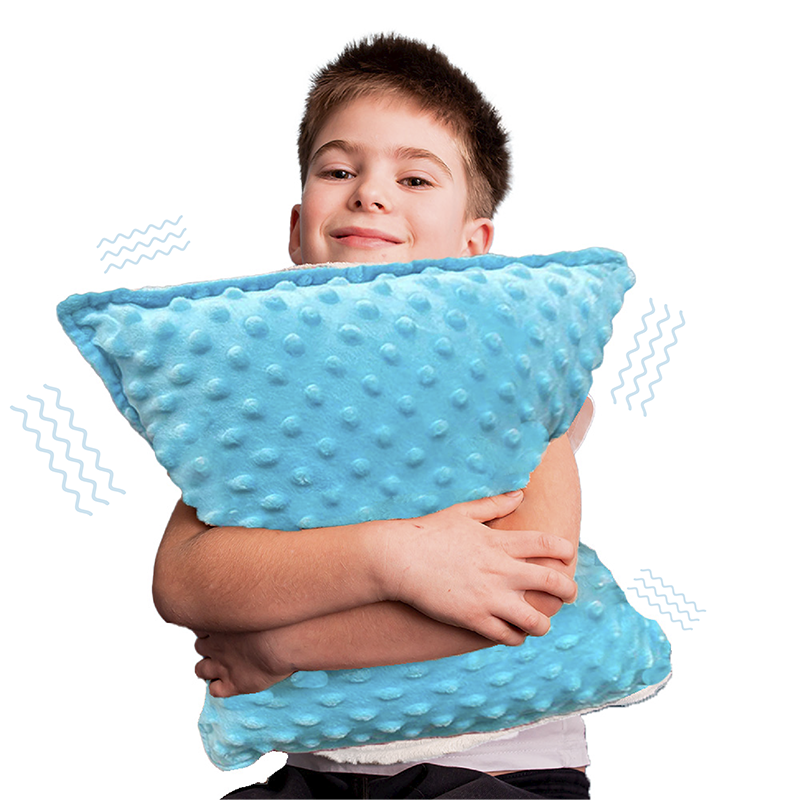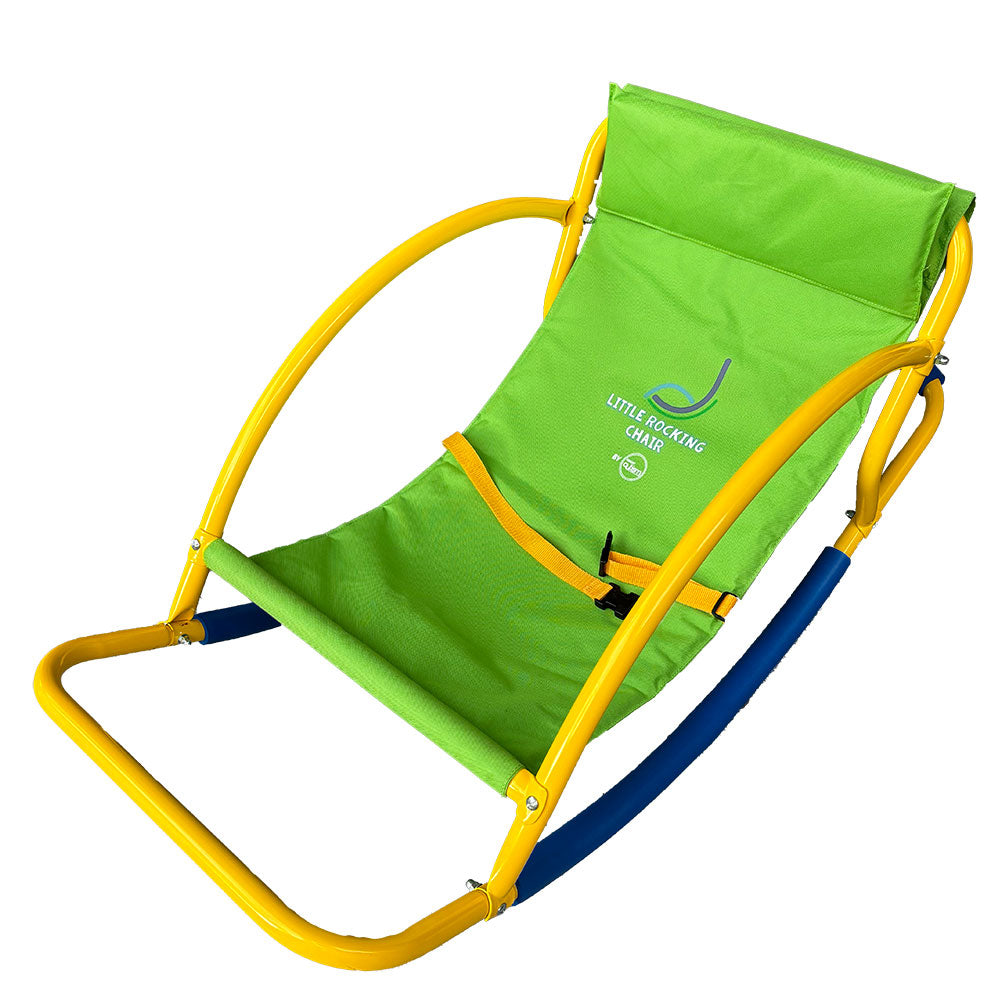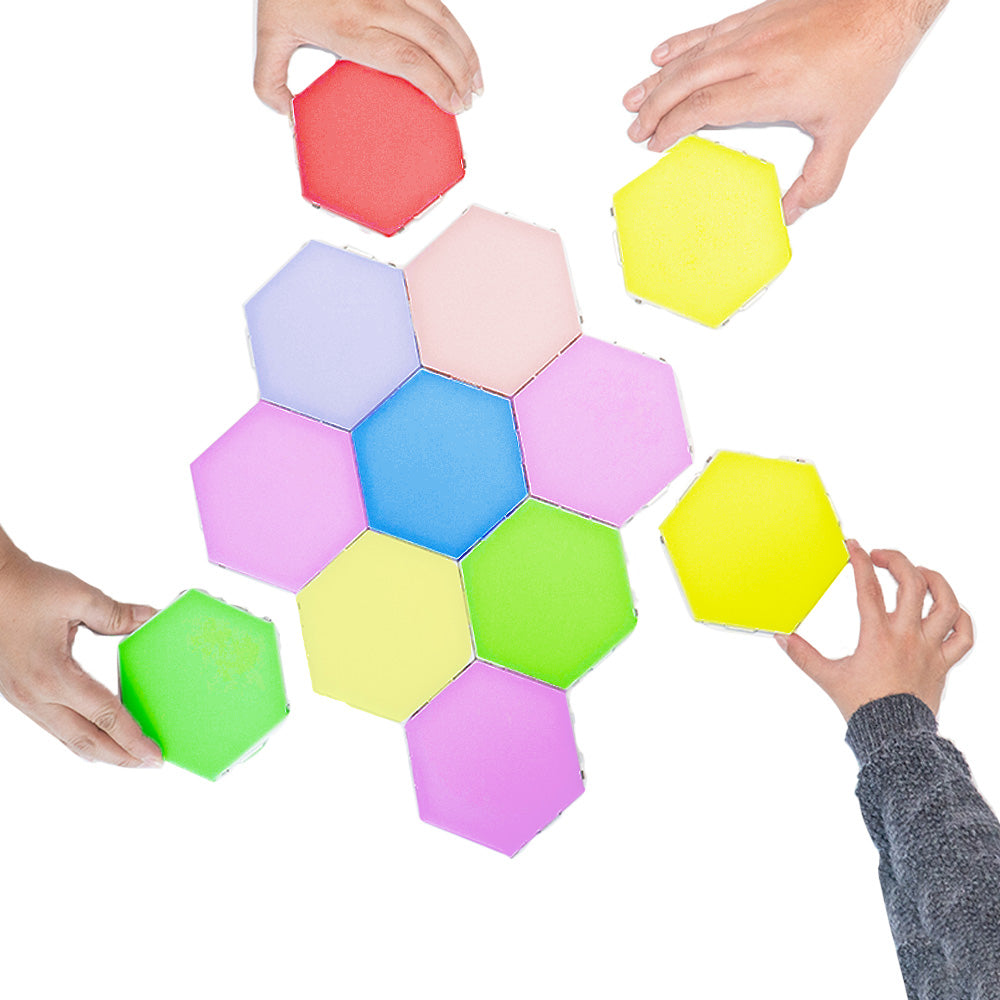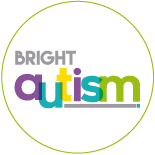
It’s likely that we all know someone who experiences anxiety, and there’s no doubt that anxiety can be exhausting and can interfere with daily life. For children with autism, anxiety can occur more frequently and can be very intense. Seemingly simple daily activities such as leaving the house, interacting with peers, riding in the car, or taking public transportation can become increasingly difficult and anxiety provoking.
In order to help children who may be experiencing anxiety, it is important for parents and teachers to understand anxiety and how it may be affecting children with autism.

Children with autism express anxiety or nervousness in many of the same ways as typically developing children do. Many children worry and become preoccupied with challenges such as homework, friends or health issues. These issues commonly affect both children with and without autism. However, social anxiety, or a fear of new people and social situations, is especially common among kids with autism.
If your child suffers from anxiety, he may experience strong internal sensations of tension. This can include a racing heart, muscular tensions, sweating and stomachache. Intense anxiety can result in repetitive behaviors that appear to serve no function, such as shredding paper or clothing.
When children get worried or anxious, the way they show their anxiety can look a lot like common characteristics of autism: stimming, obsessive and ritualistic behavior and resistance to changes in routine.

Also, because children have trouble recognizing their own anxious thoughts and feelings, they can’t always tell you that they’re feeling. Instead, you might notice an increase in challenging behavior.
For example, your anxious child might:
- insist even more on routine and sameness
- have more trouble sleeping
- have meltdowns or emotional outbursts
- avoid or withdraw from social situations
- rely more on obsessions and rituals, like lining up or spinning objects
- stim by rocking, spinning or flapping hands
- do things to hurt themselves, like head-banging, scratching skin or hand-biting.
- Recommended blog: Autism and ADHD: What are the key differences?

Cognitive behavioral therapy is a widely accepted psychological approach for breaking severe cycles of anxiety. It’s effectively used to help children with at least some verbal abilities. The first step in this process teaches children to identify the root of their fears. After identifying the perceived threat, the therapist can help the individual logically challenge his anxieties with evidence.
Some of the common triggers for anxiety in children with ASD include:
- changes in routine: for example, not going to a weekly piano lesson because the teacher is sick
- changes in environment: for example, a new house, new play equipment at the local park, or furniture in different places at home
- unfamiliar social situations: for example, a birthday party at an unfamiliar house
- sensory sensitivities: for example, sensitivities to particular noises, bright lights, specific flavors or food textures.
- fear of a particular situation, activity or object: for example, sleeping in their own bed, going to the toilet, balloons or vacuum cleaners.
- times of transition: for example, moving into a new school year, starting secondary school, or the start of puberty.

Once you’ve worked out some of the things that make your child feel anxious, it can help to make a list of them, so that you can find ways to help your child manage these situations.
To gather that evidence, a second technique comes into play. We call it exposure therapy. This type of therapy allows individuals to face their fears in a progressive manner.
Give your child lots of opportunities to practice dealing with these things and situations in safe environments.
It helps if other people who look after your child, for example, child care workers, teachers and family members.
Relaxation and calming strategies for when your child feel anxious

You can help your child learn ways to calm down when they start feeling anxious or stressed. These might include:
- counting slowly to 10
- taking 5 deep breaths
- running around the yard 5 times
- doing 50 jumps on the trampoline
- looking at a collection of favorite or special things
- reading a favorite book
- closing eyes for a few moments
- going to a quiet part of the house.
Get your child to practice these strategies when they’re calm. Once your child knows the strategies well, you can gently guide your child to try them when they feel anxious.
How to help your child sleep alone?
Teaching their children to sleep alone is one of the most daunting tasks for parents. Usually, a child won't warm up to the idea immediately. He or she might throw a fit or have trouble sleeping.
A child with autism exhibits more attachment to his or her parents. Feelings of separation, even when brief, easily stir emotional distress. That's why sleeping alone is a routine that's very hard to do.
Nonetheless, it's not impossible to teach a child under the spectrum to sleep alone, although it will take patience. Read this article How to Get My Child to Sleep Alone? that will show the most effective techniques.










Leave a comment